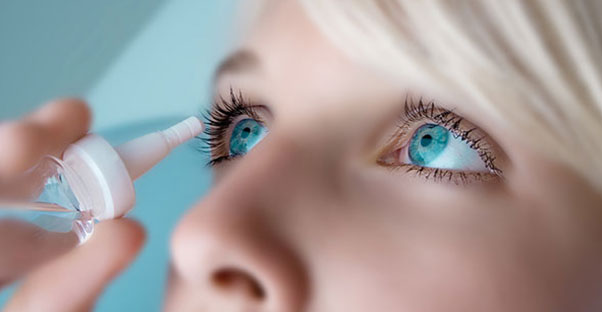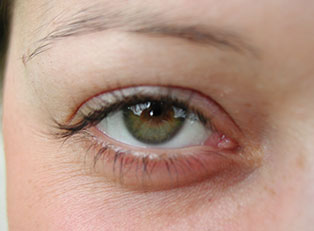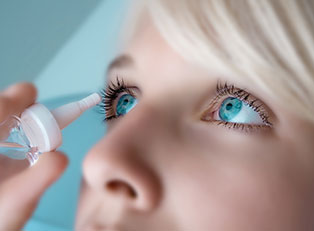How is Conjunctivitis Treated?
Pink eye is an inflammation of the conjunctiva (the covering of the eyeball and inside of the eyelid). This inflammation may lead to redness, tearing, discharge, itching, and pain. Pinkeye is also called conjunctivitis. The treatment for pink eye depends upon the differing types of the condition.
Treatment for Bacterial Conjunctivitis
If your infection is bacterial, your doctor may prescribe antibiotic eyedrops as pink eye treatment, and the infection should go away within several days. Antibiotic eye ointment, in place of eyedrops, is sometimes prescribed for treating bacterial pink eye in children. An ointment is often easier to administer to an infant or young child than are eyedrops, though the ointment may blur vision for up to 20 minutes after application. With either form of medication, expect signs and symptoms to start getting better in a few days. Follow your doctor's instructions and use the antibiotics for the complete period prescribed to prevent recurrence of the infection.
Treatment for Viral Conjunctivitis
There is no treatment for most cases of viral conjunctivitis. Instead, the virus needs time to run its course — up to two or three weeks. Viral conjunctivitis often begins in one eye and then infects the other eye within a few days. Your signs and symptoms should gradually clear on their own.
Antiviral medications may be an option if your doctor determines that your viral conjunctivitis is caused by the herpes simplex virus.
Treatment for Allergic Conjunctivitis
If the irritation is allergic conjunctivitis, your doctor may prescribe one of many different types of eyedrops for people with allergies. These may include medications that help control allergic reactions, such as antihistamines and mast cell stabilizers, or drugs that help control inflammation, such as decongestants, steroids and anti-inflammatory drops. You may also reduce the severity of your allergic conjunctivitis symptoms by avoiding whatever causes your allergies when possible.




